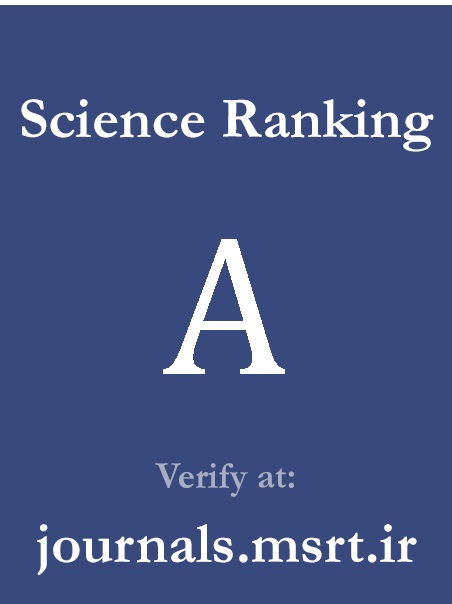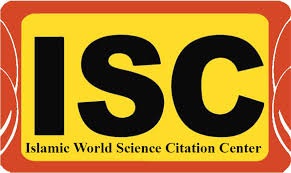Comparing the Effectiveness of Schema Therapy and Cognitive-Behavioral Therapy on the Regulation of Primary Emotions in Young Girls with Body Deformity Disorder
Keywords:
Schema therapy, cognitive-behavioral therapy, body dysmorphic disorder, emotion regulation, psychological interventionAbstract
Purpose: The study aimed to compare the effectiveness of schema therapy and cognitive-behavioral therapy (CBT) on the regulation of primary emotions in young women with body dysmorphic disorder (BDD). Methodology: This quasi-experimental study utilized a pretest-posttest design with a control group and a three-month follow-up. The participants were 51 women aged 25 to 35 years, diagnosed with BDD through clinical interviews based on DSM-5-TR criteria. They were randomly assigned to three groups: schema therapy, CBT, and control (17 participants each). The Difficulties in Emotion Regulation Scale (DERS) was administered at three stages: pretest, posttest, and follow-up. Data were analyzed using repeated measures ANOVA to evaluate the differences in emotion regulation across groups and time points. Findings: The results showed that both schema therapy and CBT significantly improved emotion regulation compared to the control group. However, schema therapy demonstrated superior effectiveness, with significant and sustained improvements from pretest to posttest and follow-up (p < .05). The interaction effect between group and time was significant (F = 127.50, p = .001, η² = .842), indicating that schema therapy had a more enduring impact on emotion regulation than CBT. In contrast, the CBT group’s improvements, while significant, were less stable over time. Conclusion: Schema therapy was found to be more effective than CBT in regulating primary emotions in young women with BDD, with sustained benefits observed three months post-intervention. These findings suggest that schema therapy offers a promising alternative to CBT for treating BDD, particularly in cases where deeper cognitive and emotional factors are at play.










